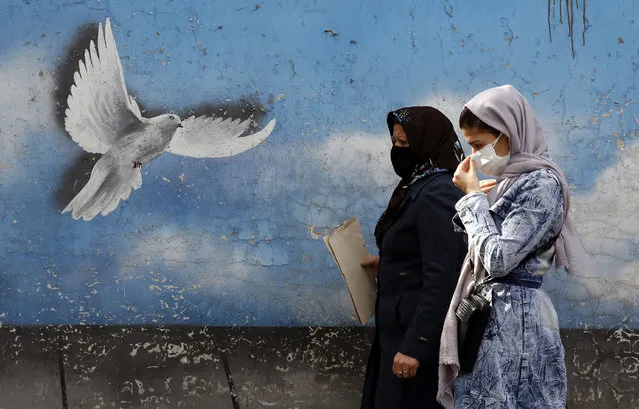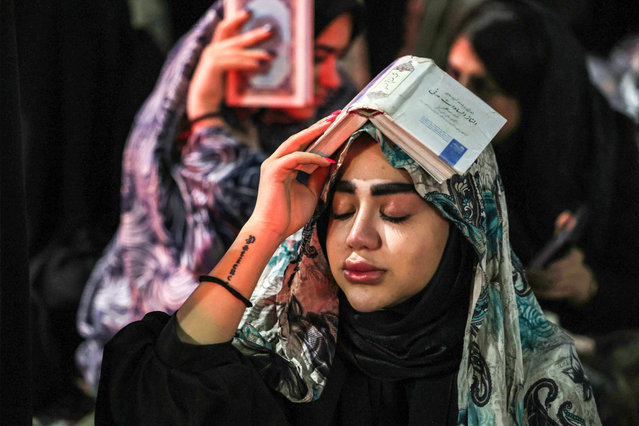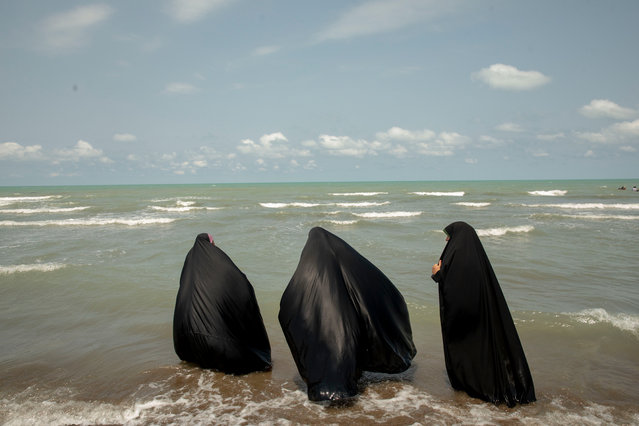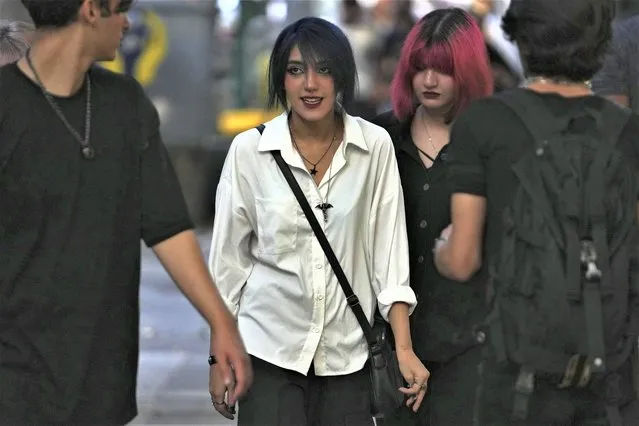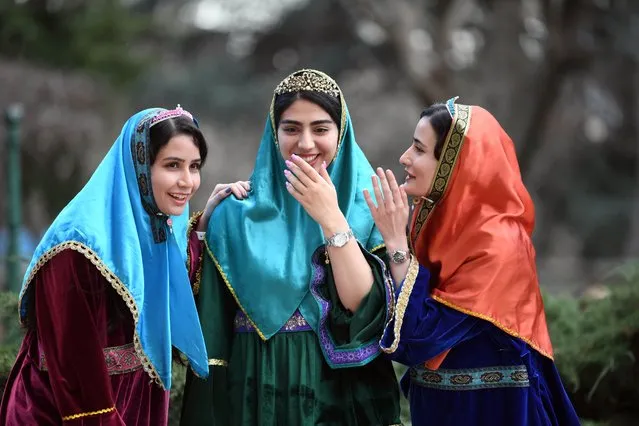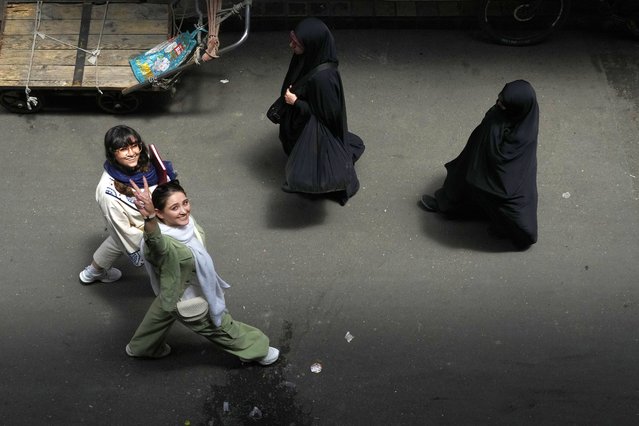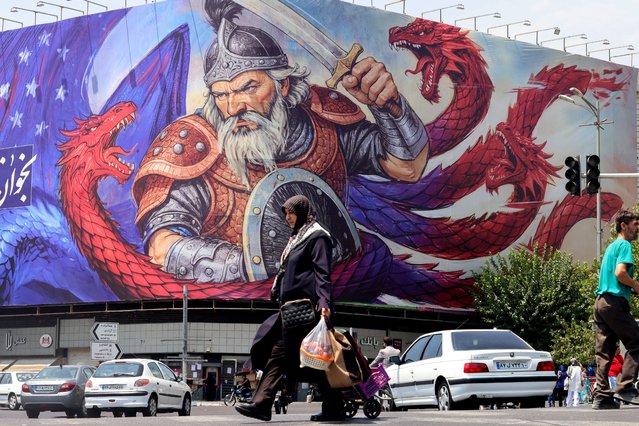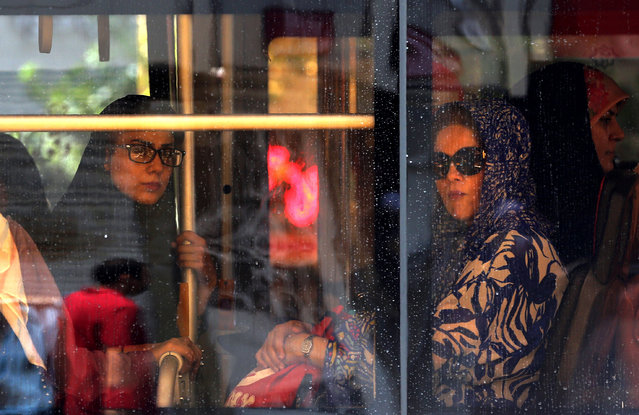
Iranian women sit in a bus in the capital Tehran on June 25, 2019. Iran's President Hassan Rouhani said today that new US sanctions against senior Iranian officials including top diplomat Mohammad Javad Zarif showed Washington is “lying” about an offer to negotiate. (Photo by Atta Kenare/AFP Photo)
29 Jun 2019 00:01:00,post received
0 comments

